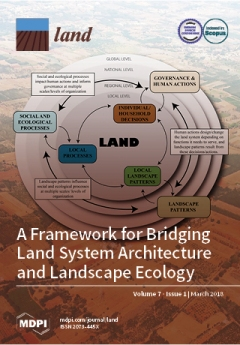Assessing Riparian Vegetation Condition and Function in Disturbed Sites of the Arid Northwestern Mexico
Transformation or modification of vegetation distribution and structure in arid riparian ecosystems can lead to the loss of ecological function. Mexico has 101,500,000 ha of arid lands, however there is a general lack of information regarding how arid riparian ecosystems are being modified.

